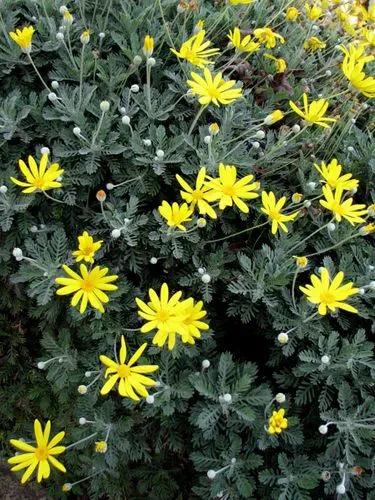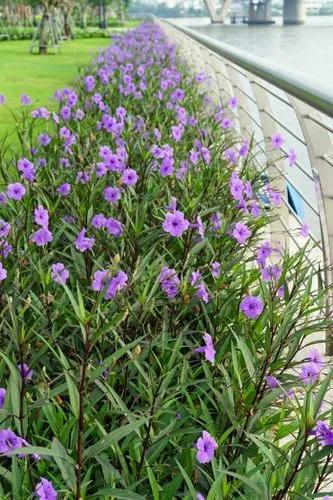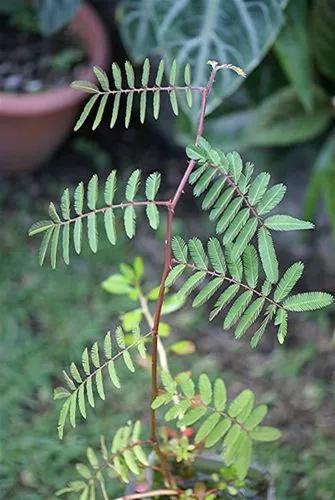Calyptranthes Zuzygium (Myrtle of the river) is a small tree or shrub, measuring up to 20 feet (6.1 m) tall. Another name for Myrtle of the River is Syzygium nervosum
Myrtle Of The River Care
Calyptranthes Zuzygium



Myrtle of the river a rounded, dense, shaggy, low branching crown; and a distinct forked branching habit. It has gray smooth bark. Furthermore, the dark yellow green leaves are opposite, smooth, elliptical, simple and entire. The leaves have short tapering tips and measure 1 to 3 inches (7.62 cm) long. Also, crushed leaves expel a strong pleasant odor. Furthermore, the white to pink flowers open via a hinged lid in the floral envelope. The flowers have many stamens but no petals. They are borne in small clusters on long stalks at the angle of leaf and stem. The flowers attract insect pollinators. In addition, the small round fruits are waxy, black berries with a rim about 1/2 inches in diameter, edible but not palatable. Birds eat the fruits, which serve for propagation purposes. In cultivation, the plant does best on well-drained moist soils with organic matter. One can prune Calyptranthes Zuzygium (Myrtle of the river) into a small tree or shrub. Myrtle of the river can also be a Specimen tree in partial shade for its showy flowers and fruits. We suggest Groupings of 2 to 3 plants. In Florida, State Classification Listing identify Myrtle of the river as threatened.
Discover more plants with the list below
Popular articles






